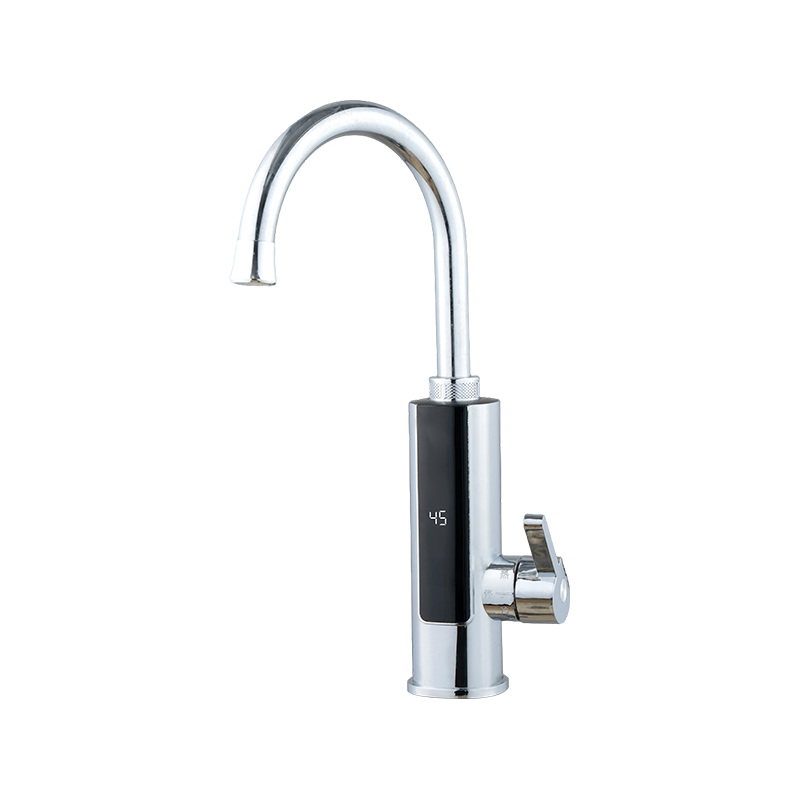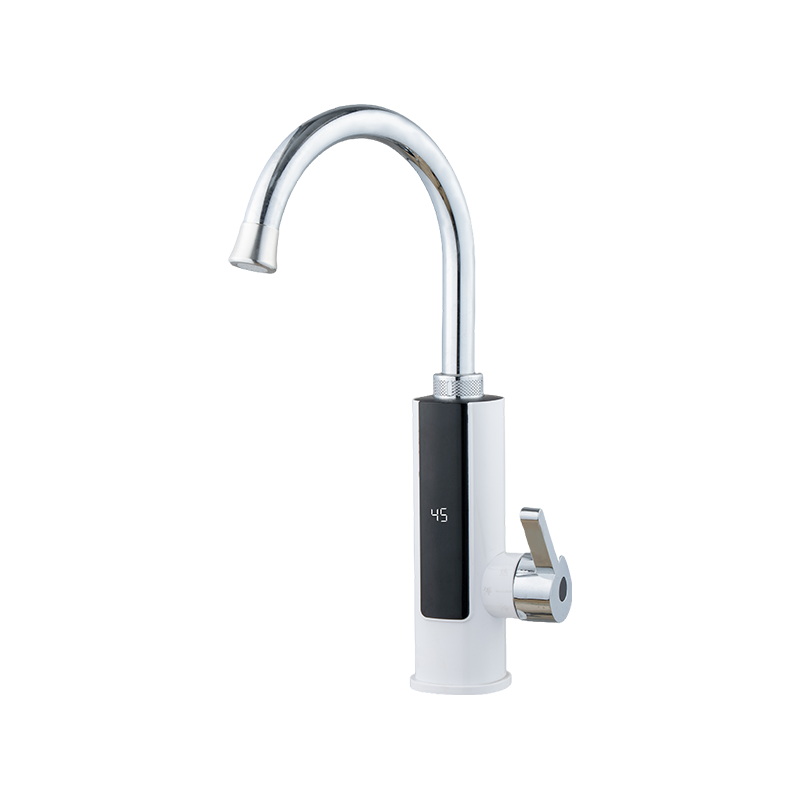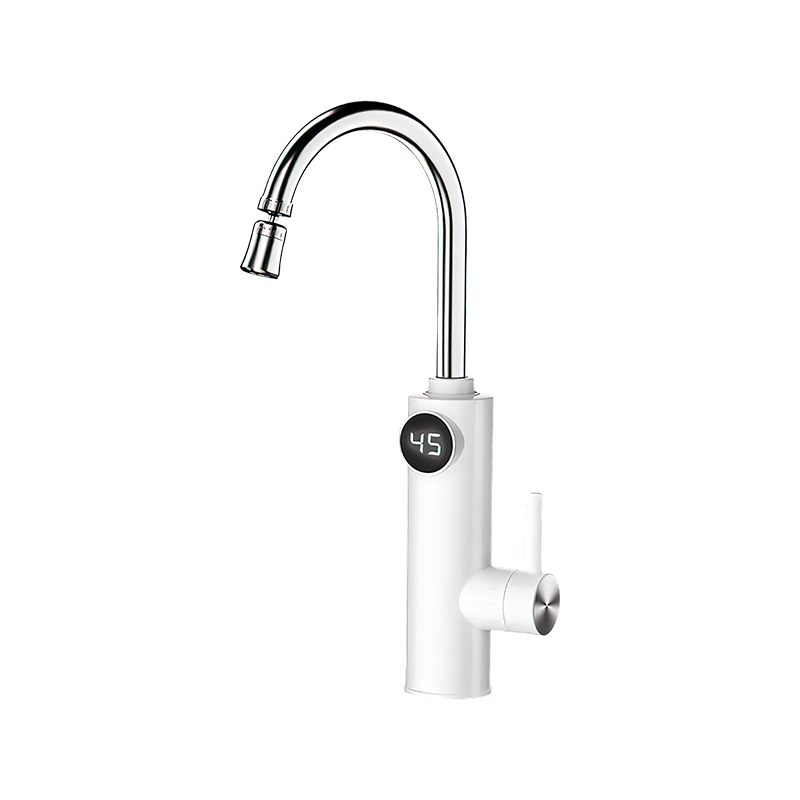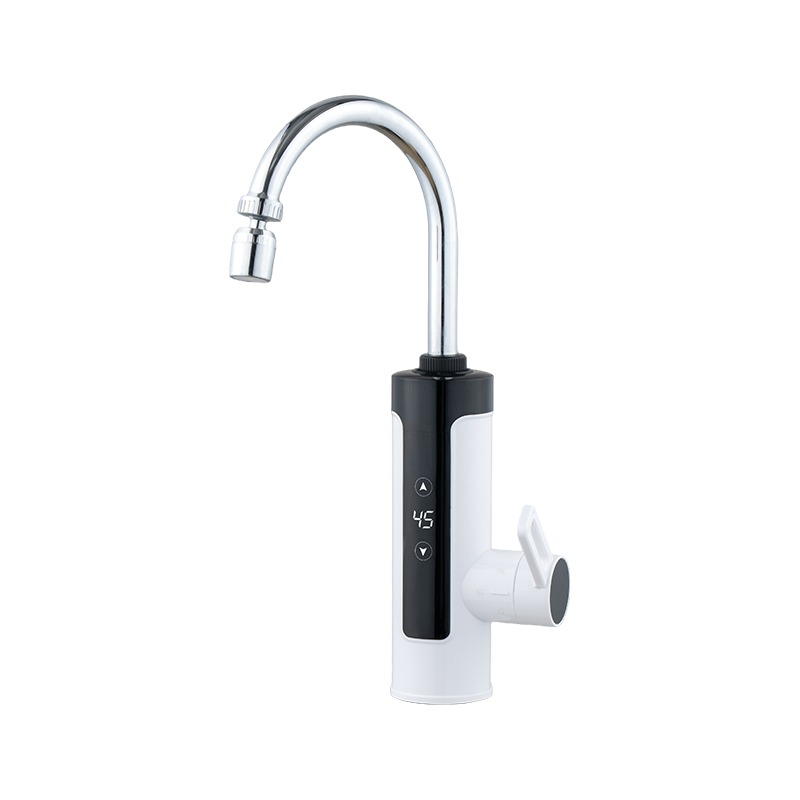Do instant electric water faucets consume a lot of electricity?
Unlike traditional storage-type electric water heaters, instant electric water faucets do not require preheating or storing water. Their core principle is a built-in, highly efficient heating element (such as a quartz tube or stainless steel heater). When water flows through, the system quickly energizes, heating the water to the preset temperature (usually between 30°C and 50°C) within seconds.
1. High Power, but Short Runtime
To achieve instant heating, instant electric water faucets typically draw high power, typically between 2kW and 3.5kW, with some models even exceeding this. This is why many people worry about their power consumption.
However, the key point is their extremely short operating time. Unlike storage-type electric water heaters that maintain heat all day or require a long preheating period, instant electric water faucets only heat when you turn on the faucet. Washing hands or dishes may only take a few minutes or even tens of seconds. Therefore, while the instantaneous power consumption is high, the cumulative power consumption is not necessarily high.
2. No Standby Energy Consumption, Higher Efficiency
Storage water heaters continuously consume electricity to maintain water temperature. This standby energy consumption occurs even when not in use. Instantaneous electric water faucets, on the other hand, immediately shut off when the faucet is turned off, requiring virtually no standby energy. This actually demonstrates higher energy efficiency for occasional daily water use, such as washing vegetables, dishes, and morning showers.
Factors Affecting Electric Water Faucets' Electricity Consumption
- Frequency and Duration of Use: More frequent and prolonged use results in higher electricity consumption.
- Regional Water Temperature: In areas with lower winter water temperatures, electric water faucets require more energy to heat water to the set temperature.
- Set Temperature: The higher the set temperature, the more electricity is required for heating.
- Faucet Flow Rate: If you run the faucet wide open, resulting in a high water flow rate, the device will require more power to maintain the water temperature, increasing electricity consumption.
Purchasing and Usage Tips for Saving Energy
1. Purchasing Tips
Rated Power Selection: Choose the appropriate power rating based on your home's electrical wiring load. A 2.5kW-3kW model is generally suitable for a kitchen or bathroom.
2. Usage Tips
- Appropriately Adjust the Water Flow: While ensuring user comfort, appropriately reducing the faucet flow rate can increase water temperature and reduce instantaneous energy consumption.
- Avoid High Water Temperature Settings: In many cases, setting the temperature to its highest setting isn't necessary; a comfortable setting is sufficient.
- Ensure Wiring Safety: Due to the high power consumption, when installing an instantaneous hot water faucet, ensure that the connected wires and sockets can withstand the rated current to ensure electrical safety.
Although instantaneous electric hot water faucets have a high instantaneous power draw, their short operating time and zero standby energy consumption make them highly energy-efficient and economical for most households' daily, sporadic water use. As long as users use it reasonably and choose energy-saving and efficient electric hot water faucet products, it is a convenient, fast, and energy-saving household appliance.



 English
English  Español
Español 














